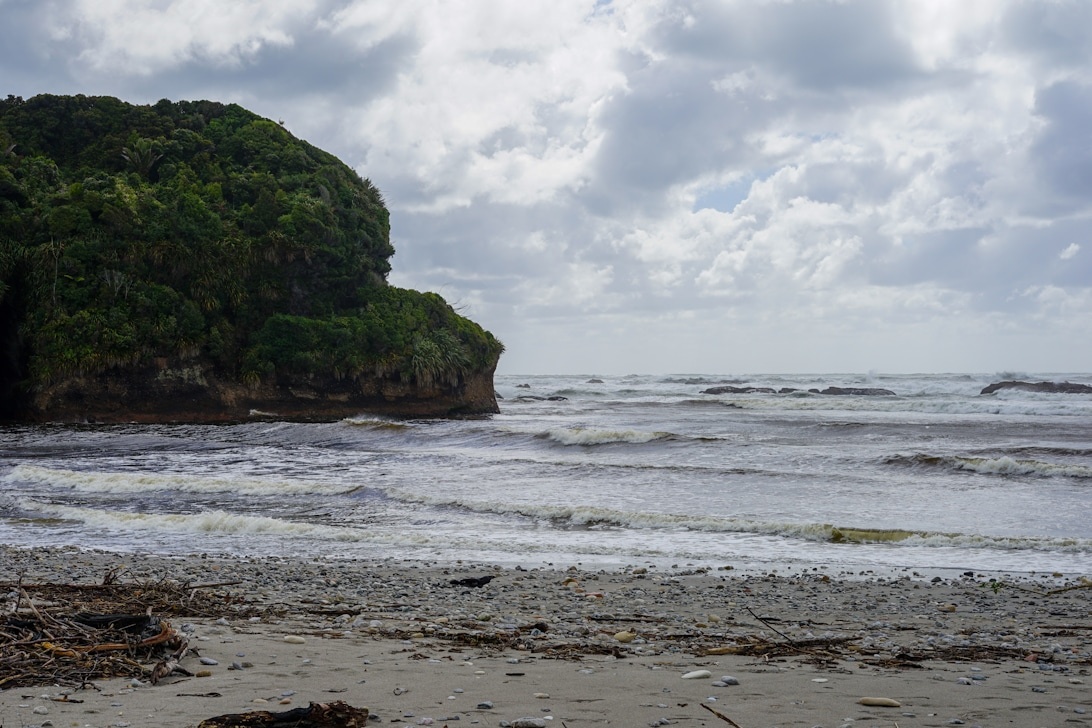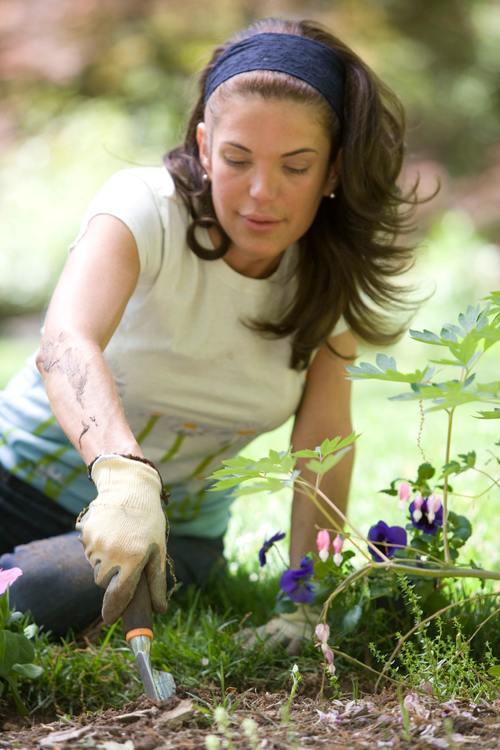There’s a special kind of magic in watching native birds flit through your garden, hearing the buzz of beneficial insects, or catching a glimpse of a shy lizard sunning itself. As gardeners here in Aotearoa, we have a unique opportunity to not just create beautiful spaces, but also vital sanctuaries for our local wildlife. By choosing native New Zealand plants, we can roll out the welcome mat for these creatures, offering them food, shelter, and a place to thrive, contributing to the rich biodiversity that makes our country so special. It’s a journey I embarked on years ago, and the rewards – both for the garden and the soul – are immense.
Why embrace native plants in your garden?
New Zealand’s flora and fauna have evolved in remarkable isolation for around 80 million years, ever since we drifted away from the ancient supercontinent of Gondwana. This long separation fostered a unique evolutionary path, resulting in an incredibly high level of endemism – meaning many of our native plants and animals, like the iconic kiwi or the ancient tuatara, exist nowhere else on Earth. This isolation also meant many species evolved without land-based mammalian predators. Sadly, the arrival of humans and the subsequent introduction of animals like rats, possums, stoats, and cats, coupled with significant habitat loss, has put immense pressure on our native wildlife. Planting native species in our gardens is a direct way to counter some of this pressure. These plants are perfectly adapted to our local climate and soils, often requiring less water and care once established compared to exotic species. More importantly, they provide the specific food sources – the right nectar, berries, seeds, and leaves – and habitats that our native birds, insects, and lizards recognise and rely upon. As Forest & Bird highlights, supporting these native ecosystems is crucial for conservation.
Cultivating a haven for native birds
Attracting native birds like the Tūī, bellbird (korimako), and the magnificent kererū (wood pigeon) is often a primary goal for wildlife-friendly gardeners. The key is providing a year-round buffet and safe lodging. Think diversity! Planting a variety of native trees and shrubs that flower and fruit at different times ensures a continuous food supply. For instance, plants like pūriri, kohekohe, and the climbing akapukaea (Tecomanthe speciosa) are invaluable winter nectar sources. Many birds are drawn to brightly coloured flowers, especially red, orange, or white blooms rich in nectar – pōhutukawa is a classic example. Don’t forget the berries and fruits; species like coprosma, karamū, and wineberry (makomako) are favourites. I’ve found planting Harakeke (flax) is almost guaranteed to bring Tūī closer, as mentioned by Forest & Bird.
Beyond food, birds need shelter for nesting and protection from predators and harsh weather. Creating layers in your garden with trees, shrubs of varying heights, and groundcovers mimics natural bush environments. Densely planted areas offer safe refuge. Allowing leaf litter to accumulate under trees and shrubs benefits birds indirectly too, by fostering insect populations – a vital protein source, especially for fantails (pīwakawaka) and grey warblers (riroriro). Consider adding a bird bath, particularly during dry summer months, ensuring it’s kept clean and placed where birds are safe from predators like cats. Speaking of safety, if you have cats, please consider keeping them indoors, especially at night, or using deterrents. Placing feeders and baths away from dense shrubs where predators can hide is also wise. And be mindful of window reflections; large panes of glass can confuse birds, sometimes with tragic results, especially for larger birds like kererū trying to escape perceived threats as noted by Trees For Canterbury.
Welcoming beneficial insects and lizards
A truly thriving garden ecosystem buzzes with insect life and provides niches for our native reptiles. Many people overlook the importance of insects, but they are the foundation of a healthy garden food web, acting as pollinators, decomposers, and food for birds and lizards. Many native New Zealand insects have short tongues and are attracted to small, open flowers often clustered together. Plants like Muehlenbeckia, various Hebe species, and the cabbage tree (tī kōuka / Cordyline australis) are excellent choices, as suggested by Wellington City Council. Planting in groups of five or more of the same species makes it easier for pollinators to forage efficiently. White, pink, or green flowers, often strongly scented, are particularly attractive. Creating multi-layered vegetation with groundcovers, shrubs, and climbers provides diverse habitats. Mulch, bark, and leaf litter are crucial, offering food and shelter for ground-dwelling insects and invertebrates like wētā, which in turn attract insectivorous wildlife.
Our native lizards, geckos and skinks, are often shy but are valuable members of the garden ecosystem. They need safe places to hide from predators (especially cats), bask in the sun, and find food (primarily insects, but some also enjoy nectar and berries). Dense, low-growing shrubs like Coprosma or Muehlenbeckia provide excellent cover. Rock piles, dry stone walls, or even carefully placed pieces of corrugated iron or concrete slabs create essential basking spots and refuges. Some sources, like the New Zealand Plant Conservation Network, note the fascinating role lizards play as pollinators and seed dispersers for certain native plants, visiting flowers like pōhutukawa for nectar. Planting divaricating shrubs – those with tangled, interlacing branches – offers particularly good protection. Think about creating lizard ‘hotspots’ with a combination of dense planting and safe basking sites.
Choosing the right native plants for your patch
With such a rich native flora, selecting plants can feel overwhelming, but focusing on variety and local suitability is key. Aim for a mix of species that provide different resources throughout the year. Consider trees for height and structure (like kahikatea or tōtara if space allows), shrubs for the mid-layer (such as various Coprosma, Corokia, or Hebe species), and groundcovers or smaller plants for the lower level (like Fuchsia procumbens or Muehlenbeckia axillaris). Including plants known for nectar (kowhai, flax/harakeke, rewarewa), berries/fruit (makomako, karamū, poroporo), and those that attract insects (Hebe, Olearia, Leptospermum/mānuka) will cater to a wide range of wildlife.
The importance of ecosourcing
Whenever possible, try to use ‘ecosourced’ plants. This means choosing plants grown from seeds collected locally within your ecological district. These plants are genetically adapted to your specific conditions – climate, soil, pests, and diseases – giving them the best chance of survival and ensuring they are most beneficial to local wildlife. Using ecosourced plants also helps maintain the unique genetic diversity of your region’s flora, a point emphasized by resources like LEARNZ and Kāpiti Coast District Council. Your local native plant nursery should be able to advise on ecosourced options.
Considering specific genera
Certain plant genera offer fantastic options for wildlife gardens. Hebe (koromiko), New Zealand’s largest native plant genus, offers incredible diversity in form and flower, attracting numerous insects. The Hebe Society website is a great resource for exploring these. Coprosma species are invaluable for their berries, which feed many birds and lizards. Phormium (harakeke/flax) provides abundant nectar. Pittosporum species like tarata and kohuhu offer shelter and attract insects. Even in smaller gardens, dwarf cultivars or species naturally suited to pots, like some small Hebes or ground-hugging Coprosmas, can make a difference.
Designing and maintaining your wildlife sanctuary
Creating a wildlife-friendly garden isn’t just about plant selection; it’s also about how you manage the space. Think vertically – use climbers like native passionfruit (Passiflora tetranda) or Metrosideros vines to cover walls or pergolas, adding another habitat layer. Embrace a little ‘wildness’; leaving a small area undisturbed with a pile of logs, branches, or rocks provides crucial habitat for insects and lizards. Resist the urge to be overly tidy – leaf litter is nature’s mulch and insect hotel. Applying organic mulch elsewhere helps retain soil moisture, suppress weeds, and enrich the soil, benefiting the entire ecosystem as highlighted by Auckland Botanic Gardens.
Water is essential. A shallow dish of water, changed regularly, can be a lifesaver for birds and insects, especially in summer. When it comes to pests, try to avoid broad-spectrum insecticides, as these kill beneficial insects along with the pests, disrupting the natural balance. Often, attracting beneficial insects and birds provides natural pest control. If introduced animal pests like rats or possums are a problem, trapping is a targeted way to manage them without harming non-target species. Responsible garden waste disposal is also important; avoid dumping clippings in reserves where they can spread weeds or diseases. Composting is a great way to recycle green waste back into valuable soil conditioner. Remember, even seemingly small actions contribute to the health of your garden ecosystem and the wider environment impacted by threats like habitat loss and introduced species, as outlined by the Waikato Regional Council.
Your garden: A living thread in Aotearoa’s natural tapestry
Transforming your garden into a haven for native wildlife is more than just a gardening project; it’s an act of connection and conservation. Each native plant we cultivate, each bird we feed, each lizard we provide shelter for, helps strengthen the ecological fabric of our unique land. It’s about recognising that our backyards, no matter the size, are part of a larger landscape. By consciously choosing native species, especially those sourced locally (AnyQuestions provides links to resources like DOC and NZPCN for plant info), we contribute to restoring biodiversity corridors and supporting populations under pressure. I find immense satisfaction in knowing my little patch is buzzing with life that truly belongs here, playing its part in the intricate dance of nature that makes Aotearoa so precious. It’s a living legacy, a small but meaningful contribution to preserving the wild heart of New Zealand, right outside our windows.




